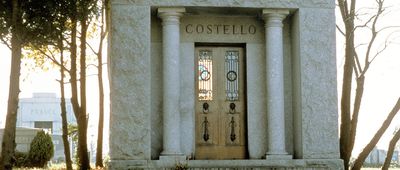Stadiums Still Standing
The Roman Coliseum is a crumbling relic, home only to tourist groups and history lessons. The most famous stadium in the history of the world is no longer staging gladiator battles, but plenty of other old and storied venues still serve their original purpose. From England to Australia, from baseball to cricket, here's a look at some world-famous stadiums that are steeped in history where you can still catch a game. Which venues would you add to the list? Tell us in the comments.






















